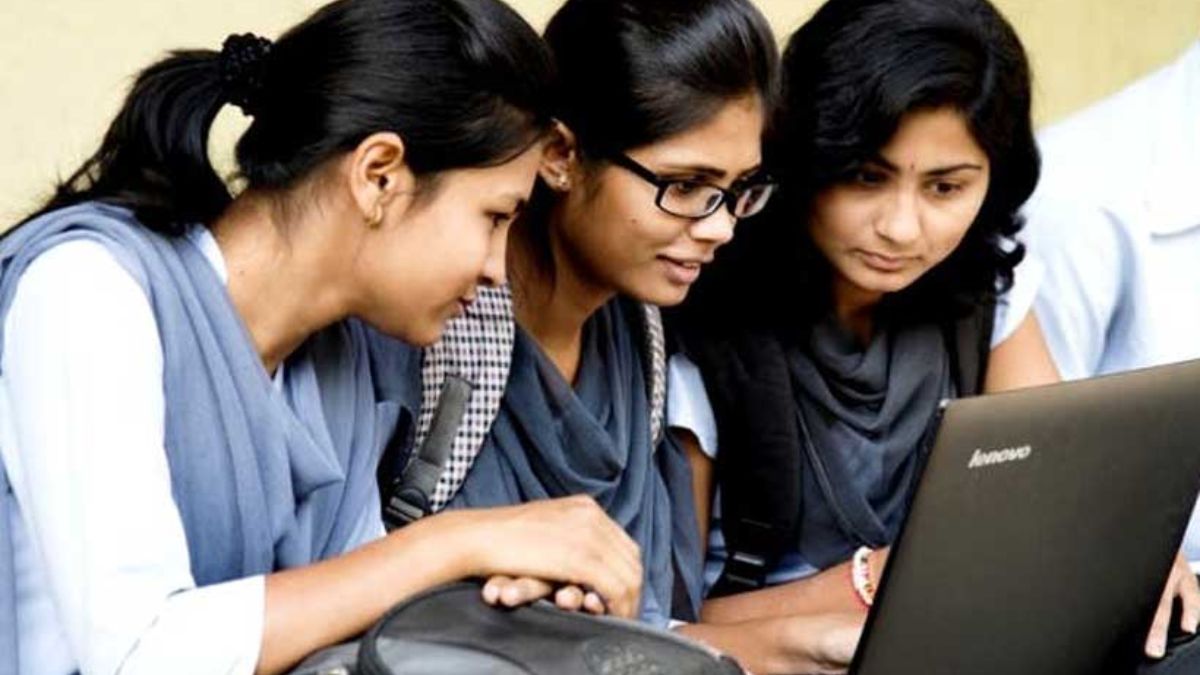PGI 2.0: The education system in India is among the largest globally, with approximately 14.9 lakh schools, 95 lakh teachers, and nearly 26.5 crore students from diverse socio-economic backgrounds. The Ministry of Education has introduced the PGI 2.0 framework, which consists of 1000 points divided into 73 indicators grouped into two categories.
The Ministry of Education's Department of School Education & Literacy has developed the Performance Grading Index (PGI) for States and Union Territories (UTs). This index evaluates the performance of the school education system at the state/UT level by providing a comprehensive analysis. The PGI - States/UTs was initially introduced for the academic year 2017-18 and has subsequently been released up to the year 2020-21.
Revamped PGI 2.0: Emphasizing Quality Indicators in Education Assessment
Over time, certain indicators in the PGI - States/UTs have become outdated and irrelevant. Additionally, the previous structure of the PGI was heavily focused on indicators related to governance processes rather than quality indicators. To address these issues and align with the new initiatives of the National Education Policy (NEP) 2020, the PGI - State structure has been revised and renamed as PGI 2.0 for the year 2021-22. The revised structure includes 73 indicators that emphasize qualitative assessment, digital initiatives, and teacher education.
The grades obtained by States/UTs in the previous edition of the PGIs are not comparable to the grades obtained in this new edition due to the changes in the structure. The PGI 2.0 framework consists of 1000 points across two categories: Outcomes and Governance Management (GM). These categories are further divided into six domains: Learning Outcomes (LO), Access (A), Infrastructure & Facilities (IF), Equity (E), Governance Process (GP), and Teachers' Education and Training (TE&T).
PGI 2.0: Ten Grades Introduced to Drive Optimal Education Outcomes
States/UTs are classified into ten grades in PGI 2.0 for 2021-22, with the highest achievable grade being Daksh for those scoring more than 940 points out of 1000. The lowest grade is Akanshi-3, which is for scores up to 460. The goal of PGI 2.0 is to encourage States and UTs to implement various interventions that will lead to optimal education outcomes across all dimensions.
The indicators in PGI 2.0 have been aligned with policy initiatives and interventions introduced after the implementation of the National Education Policy (NEP) 2020 to track progress effectively. The PGI 2.0 aims to assist States and UTs in identifying gaps and prioritizing areas for intervention, ensuring a strong and comprehensive school education system at every level.

Comments
All Comments (0)
Join the conversation